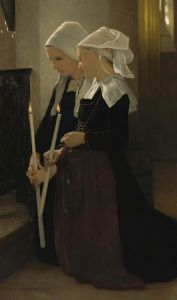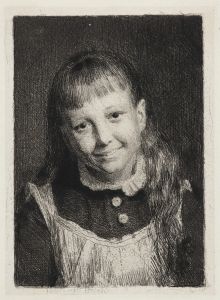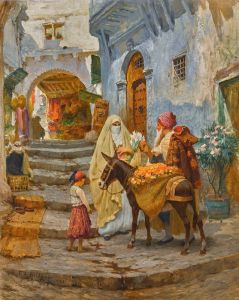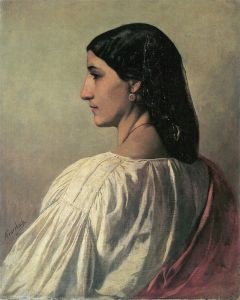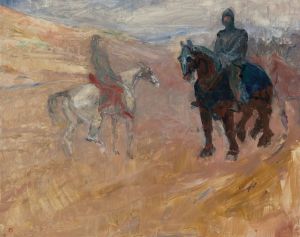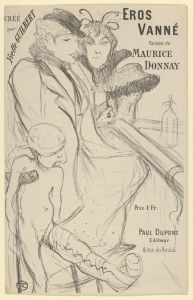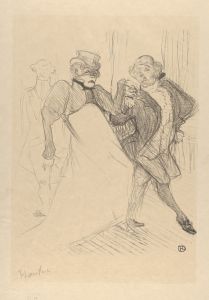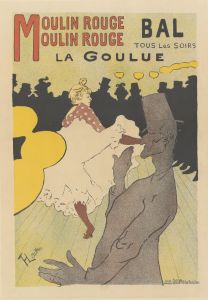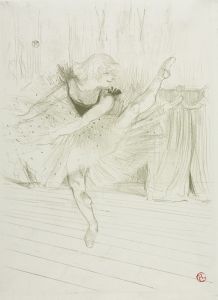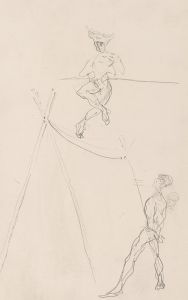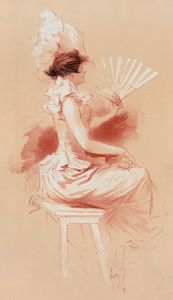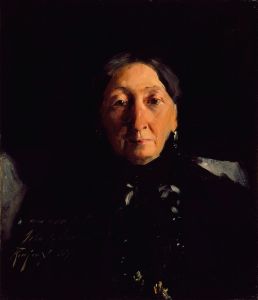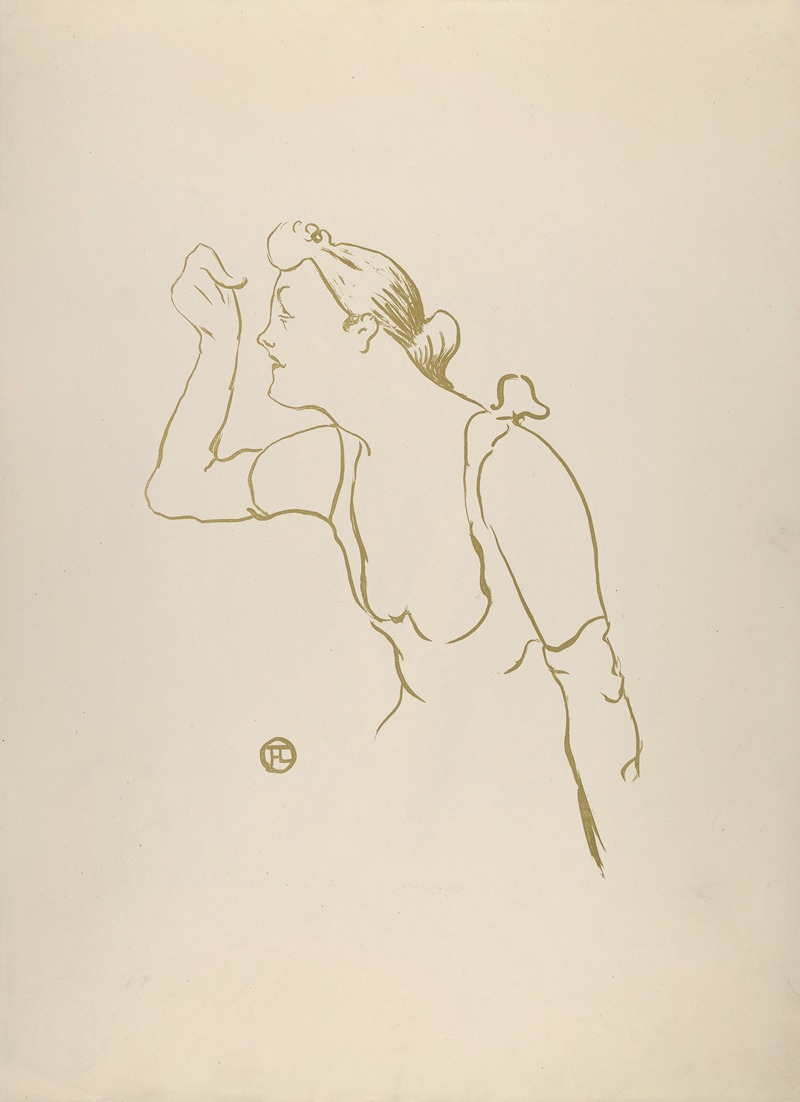
Paula Brébion
A hand-painted replica of Henri de Toulouse-Lautrec’s masterpiece Paula Brébion, meticulously crafted by professional artists to capture the true essence of the original. Each piece is created with museum-quality canvas and rare mineral pigments, carefully painted by experienced artists with delicate brushstrokes and rich, layered colors to perfectly recreate the texture of the original artwork. Unlike machine-printed reproductions, this hand-painted version brings the painting to life, infused with the artist’s emotions and skill in every stroke. Whether for personal collection or home decoration, it instantly elevates the artistic atmosphere of any space.
Henri de Toulouse-Lautrec was a prominent French painter, printmaker, draughtsman, and illustrator, known for his depictions of the Parisian nightlife in the late 19th century. Among his many works, "Paula Brébion" is one of the lesser-known pieces. Unfortunately, there is limited information available specifically about this painting, as it does not hold the same level of fame or scholarly attention as some of his other works, such as "At the Moulin Rouge" or "The Dance at the Moulin Rouge."
Toulouse-Lautrec's oeuvre is characterized by his keen observation of human behavior and his ability to capture the essence of his subjects with a few deft strokes. His works often feature the bohemian lifestyle of Montmartre, a district in Paris that was the center of the city's artistic community during his lifetime. He was known for his innovative use of color and line, which helped to convey the vibrancy and dynamism of the scenes he depicted.
The painting "Paula Brébion" likely follows Toulouse-Lautrec's typical style, which often included bold outlines and a somewhat caricatured approach to his subjects. His portraits frequently captured the personality and mood of the individuals, often with a sense of intimacy and immediacy. Toulouse-Lautrec had a unique ability to portray the inner life of his subjects, whether they were dancers, singers, or members of the Parisian elite.
Toulouse-Lautrec's work was heavily influenced by the Impressionists, as well as by Japanese woodblock prints, which were popular in Europe at the time. These influences are evident in his use of flat areas of color and his focus on capturing fleeting moments. His work also reflects the influence of Edgar Degas, particularly in his interest in movement and the human figure.
Despite his noble birth, Toulouse-Lautrec chose to immerse himself in the bohemian lifestyle of Montmartre, where he found inspiration among the performers and patrons of the cabarets and dance halls. His work provides a vivid snapshot of this vibrant period in Parisian history, capturing the spirit of an era that was both decadent and innovative.
While specific details about "Paula Brébion" are scarce, it can be assumed that the painting reflects Toulouse-Lautrec's interest in the people and culture of his time. His portraits often reveal a deep empathy for his subjects, capturing their individuality and humanity. Toulouse-Lautrec's ability to convey the essence of his subjects with economy and precision is one of the hallmarks of his work.
In summary, while there is limited information available about the painting "Paula Brébion" by Henri de Toulouse-Lautrec, it is likely representative of his broader body of work, which is celebrated for its vivid portrayal of Parisian life and its innovative artistic techniques. Toulouse-Lautrec remains a significant figure in art history, known for his ability to capture the spirit of his time with both sensitivity and insight.





